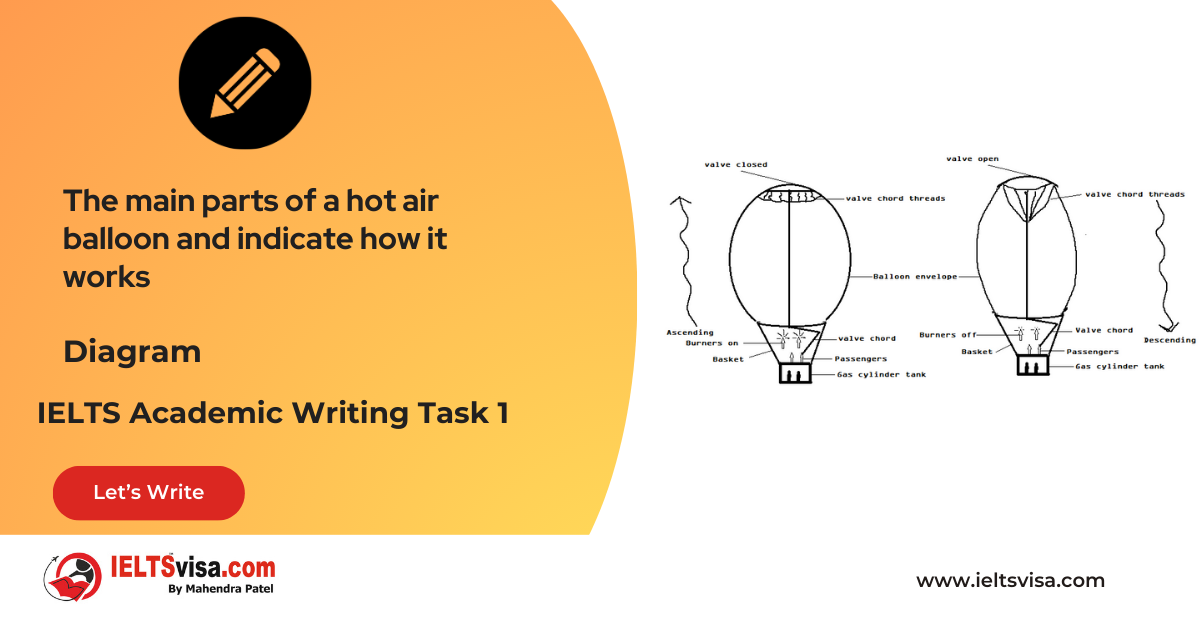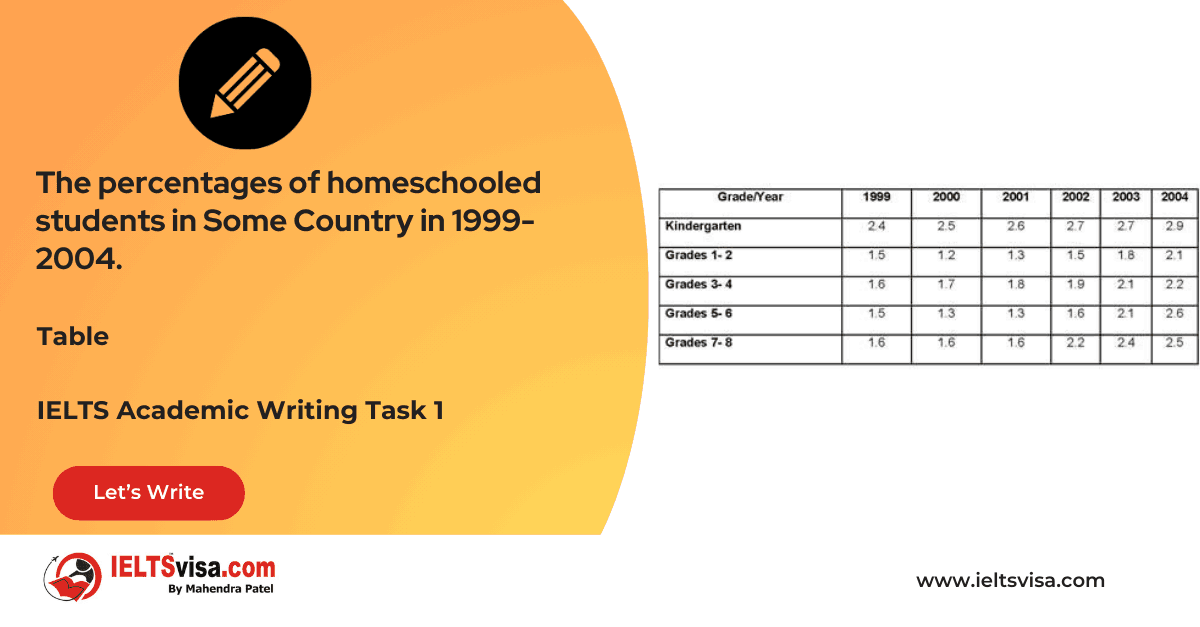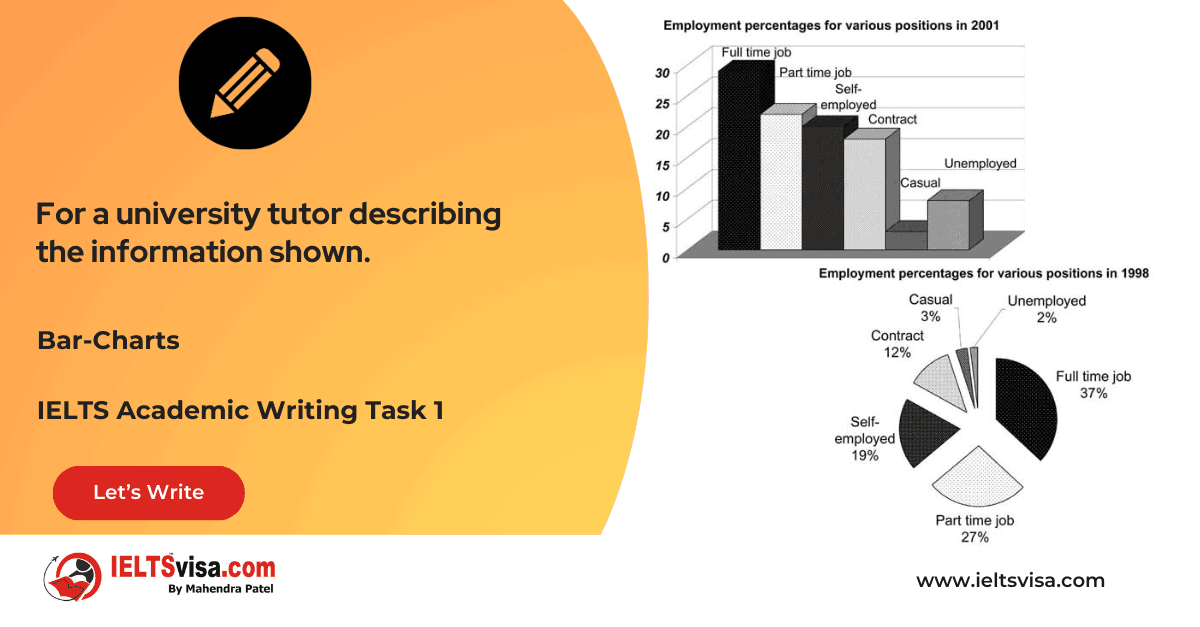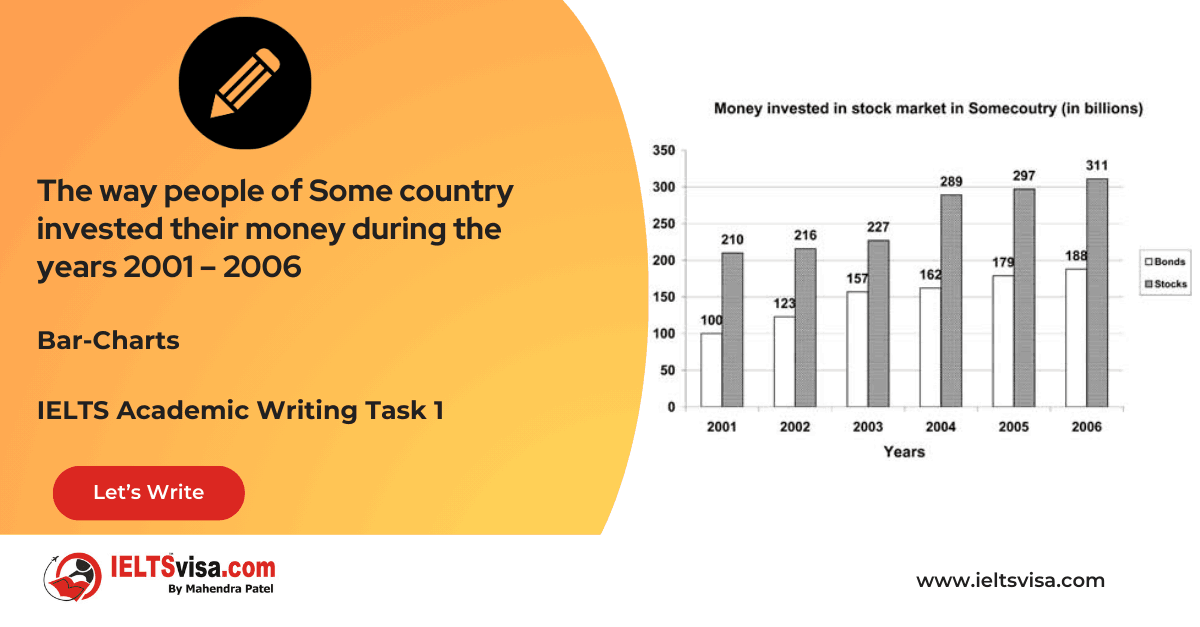Birth and Death Rates in a European Country (1950–2050)
IELTS Academic Writing Task 1 - Line Graph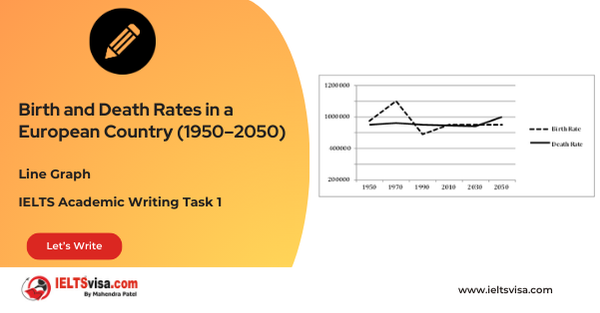
IELTS Writing Task 1 Question
The graph below shows the total births and the deaths in a European country from 1950 to 2050. Summarise the information by selecting and reporting the main features and give comparisons where relevant.
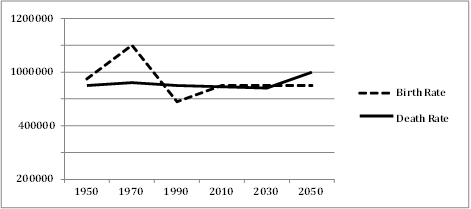
Common Questions for the Line Graph
1. Graph Type: Line Graph
2. Title: Birth and Death Rates in a European Country (1950–2050)
3. What are the units of measurement?: Number of births and deaths (in thousands)
4. Who: Population of a European country
5. When: 1950 to 2050 (includes projections from 2020 onward)
6. Where: A European country
7. Topic: Trends in birth and death rates over a century
Comparison Showing and Trends Any change over time (such as an increase or a decrease) is a trend.
Comparison 1: Birth Rate
- Details:
1.Rose sharply from 750,000 in 1950 to a peak of 1,000,000 in the 1970s.
2. Declined steadily, reaching a low of just under 600,000 in the 1990s.
3. Recovered to approximately 700,000 and is predicted to remain stable until 2050.
Comparison 2: Death Rate
-
Details:
1.Remained relatively stable at around 700,000 from 1950 to 2030.
2.Forecast to rise moderately, reaching 800,000 by 2050.
Overall Observation
- The birth rate fluctuated significantly, while the death rate remained stable until the projected increase after 2030.
Sample Answer
The line graph illustrates the trends in birth and death rates in a European country from 1950 to 2050, with projections from 2020 onward.
Overall, the birth rate showed significant fluctuations, while the death rate remained stable, with a moderate rise expected after 2030.
In 1950, the birth rate was approximately 750,000. It increased sharply, peaking at 1,000,000 during the 1970s, before experiencing a steep decline to just under 600,000 in the 1990s. Since then, the birth rate has recovered to about 700,000 and is predicted to remain stable until 2050.
In contrast, the death rate has remained relatively constant at around 700,000 for much of the period. However, from 2030 onward, it is forecast to rise moderately, reaching 800,000 by 2050. While the birth rate outpaced the death rate significantly in the 1970s, the two rates are expected to converge closer to 2050, with a gap of only 100,000.
Top 24 Vocabularies
| Vocabulary | Type |
Meaning | Synonyms | Examples |
| Projection | noun | A forecast or estimate for the future | Prediction, Forecast | Projections indicate that the death rate will rise by 2050. |
| Peak | verb/noun | To reach the highest point | Summit, Climax | The birth rate peaked at 1,000,000 in the 1970s. |
| Converge | verb | To come closer together | Meet, Approach | The birth and death rates are expected to converge by 2050. |
| Fluctuate | verb | To rise and fall irregularly | Vary, Oscillate | The birth rate fluctuated significantly over the period. |
| Stable | Adjective | Unchanging or consistent | Steady, Constant | The death rate remained stable for several decades. |
| Trends | Noun | General directions or patterns of change | Patterns, Movements | “The graph illustrates the trends in birth and death rates over time.” |
| Fluctuations | Noun | Frequent and irregular changes in level or amount | Variations, Shifts | “The birth rate showed significant fluctuations during the period.” |
| Sharp | Adjective | Sudden and intense in degree | Steep, Rapid | “The birth rate increased sharply in the 1970s.” |
| Steep | Adjective | Having a high or sharp slope, often used figuratively for a large change | Dramatic, Sudden | “The birth rate experienced a steep decline in the 1990s.” |
| Moderate | Adjective | Slight or average in amount, intensity, or degree | Modest, Reasonable | “The death rate is expected to rise moderately after 2030.” |
| Decline | Verb/Noun | To decrease in amount, number, or strength | Decrease, Diminish | “The birth rate declined in the 1990s.” |
| Recovery | Noun | The process of returning to a normal or better state | Improvement, Return | “The birth rate recovered to about 700,000 after the 1990s.” |
| Constant | Adjective | Remaining the same over time, without change | Stable, Unchanging | “The death rate remained constant for much of the period.” |
| Forecast | Noun/Verb | A prediction or estimate of future events | Projection, Prediction | “The forecast indicates that the death rate will increase after 2030.” |
| Gap | Noun | A difference or disparity between two things | Difference, Discrepancy | “The gap between the birth and death rates is expected to narrow.” |
| Expected | Adjective | Predicted or anticipated | Anticipated, Foreseen | “It is expected that the birth rate will remain stable until 2050.” |
| Relative | Adjective | Considered in relation or comparison to something else | Comparative, Proportional | “The death rate remained relatively constant during most of the period.” |
| Predicted | Adjective | Stated as a likely outcome based on reasoning or evidence | Expected, Projected | “The predicted rise in the death rate is expected to occur after 2030.” |
| Convergence | Noun | The process of two things coming together or becoming more similar | Merging, Coming together | “The convergence of birth and death rates is expected by 2050.” |
| Significant | Adjective | Important or noteworthy in size, degree, or meaning | Considerable, Substantial | “The birth rate showed significant fluctuations during the period.” |
| Period | Noun | A specific length of time | Duration, Interval | “The data covers the period from 1950 to 2050.” |
| Diverge | Verb | To separate or move in different directions | Split, Separate | “The birth and death rates diverged sharply in the 1970s.” |
| Steady | Adjective | Regular, consistent, without change over time | Unchanging, Stable | “The birth rate has remained steady since 2000.” |
| Projections | Noun | An estimate or forecast of future numbers or trends | Forecasts, Predictions | “Projections show that the birth rate will stabilize over the next few decades.” |

Our Books
Master IELTS Speaking Part 1
IELTS Writing Task 1 Book
IELTS Writing Task 2 Book
Practice IELTS Other Modules
IELTS Listening
The IELTS Listening test assesses how well you can understand spoken English in various contexts. It lasts about 30 minutes and is divided into four sections with a total of 40 questions. The listening tasks become increasingly difficult as the test progresses.
IELTS Academic Reading
The IELTS Academic Reading section assesses your ability to understand and interpret a variety of texts in academic settings. It is designed to evaluate a range of reading skills, including skimming for gist, reading for main ideas, reading for detail, understanding inferences, and recognizing a writer's opinions and arguments.
IELTS Speaking
The IELTS Speaking test assesses your ability to communicate in English on everyday topics. It lasts 11-14 minutes and consists of three parts: introduction, cue card, and a discussion based on the cue card topic.
IELTS General Reading
IELTS General Reading tests your ability to understand and interpret various types of texts. Here are some key areas and types of content you can expect to encounter in the reading section, along with tips for effective preparation.
IELTS Academic Writing Task 1
In IELTS Academic Writing Task 1, you are presented with a visual representation of information, such as graphs, charts, tables, or diagrams, and you are required to summarize, compare, or explain the data in your own words.
IELTS General Writing Task 1
In IELTS General Writing Task 1, you are required to write a letter based on a given situation. The letter can be formal, semi-formal, or informal, depending on the prompt. Here’s a breakdown of the key components to include in your letter
IELTS Academic Writing Task 2
In IELTS Academic Writing Task 2, you are required to write an essay in response to a question or topic. Here’s a guide to help you understand the essential elements of this task
IELTS Exam Tips
To succeed in the IELTS exam, practice regularly, familiarize yourself with the test format, improve your vocabulary, develop time management skills, and take mock tests to build confidence.
Grammer for IELTS
Grammar is the foundation of effective communication in English. Understanding tense usage, subject-verb agreement, and sentence structure enhances clarity and coherence in writing and speaking.
Vocabulary for IELTS
Vocabulary plays a crucial role in the IELTS (International English Language Testing System) exam, especially in the Speaking and Writing sections. Here’s an overview of why vocabulary is important and how it impacts your performance
RECENT IELTS SAMPLES QUESTIONS AND ANSWERS
Task 1 – Diagram – A conference hall built in 1981 and planned for 2020
20:00 Start Pause Stop [df_adh_heading title_infix="IELTS Writing Task 1 Question" use_divider="on"...
Task 1 – Table – The percentages of homeschooled students in Some Country in 1999-2004.
20:00 Start Pause Stop [df_adh_heading title_infix="IELTS Writing Task 1 Question" use_divider="on"...
Task 1 – Table – For a university tutor describing the information shown.
20:00 Start Pause Stop [df_adh_heading title_infix="IELTS Writing Task 1 Question" use_divider="on"...
Task 1 – Bar-Charts – The way people of Some country invested their money during the years 2001 – 2006
20:00 Start Pause Stop [df_adh_heading title_infix="IELTS Writing Task 1 Question" use_divider="on"...
Task 1 – Diagram – Rainwater Harvesting and Conversion to Drinking Water in an Australian Town.
20:00 Start Pause Stop [df_adh_heading title_infix="IELTS Writing Task 1 Question" use_divider="on"...
Task 1 – Column graph – Percentage of Young People Enrolled in Universities in 2000 and 2007.
20:00 Start Pause Stop [df_adh_heading title_infix="IELTS Writing Task 1 Question" use_divider="on"...

